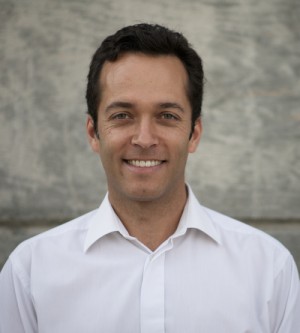- Video Library
- Cristian Atria Presents nView Medical at LSI USA '23
Cristian Atria Presents nView Medical at LSI USA '23

Cristian Atria
Cristian has consulted and worked for Fortune 100, start-up and private equity owned companies (GE Healthcare, Fiagon GmbH, HealthTronics, nView medical). With nView medical, Mr. Atria has successfully secured seed funding from private investors, successfully obtained Small Business Innovation Research grants (SBIRs) from the National Science Foundation (NSF) and built a superb team. Prior to founding nView medical, Mr. Atria worked 13 years for GE Healthcare. His last role was General Manager with Global Profit & Loss responsibility where he ran an acquired start-up in the field of surgical navigation (VTI) and integrated it with GE OEC. Mr. Atria has developed and launched three major image guidance platforms and obtained five 510(k) clearances. Mr. Atria holds two Masters of Science in Engineering from Supelec, Paris and Politecnico di Torino, Italy and an MBA from Boston University in Boston, Massachusetts.
Cristian Atria
Cristian has consulted and worked for Fortune 100, start-up and private equity owned companies (GE Healthcare, Fiagon GmbH, HealthTronics, nView medical). With nView medical, Mr. Atria has successfully secured seed funding from private investors, successfully obtained Small Business Innovation Research grants (SBIRs) from the National Science Foundation (NSF) and built a superb team. Prior to founding nView medical, Mr. Atria worked 13 years for GE Healthcare. His last role was General Manager with Global Profit & Loss responsibility where he ran an acquired start-up in the field of surgical navigation (VTI) and integrated it with GE OEC. Mr. Atria has developed and launched three major image guidance platforms and obtained five 510(k) clearances. Mr. Atria holds two Masters of Science in Engineering from Supelec, Paris and Politecnico di Torino, Italy and an MBA from Boston University in Boston, Massachusetts.

17011 Beach Blvd, Suite 500 Huntington Beach, CA 92647
714-847-3540© 2025 Life Science Intelligence, Inc., All Rights Reserved. | Privacy Policy







